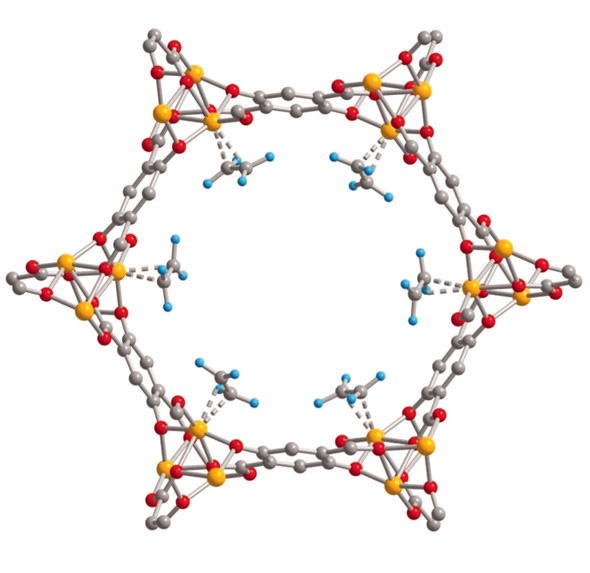
Cutting the Cost for Commercial Gas Purification – Theory Leads the Way for a Materials Solution
Novel material for purifying gases could significantly lower industrial energy costs.

Novel material for purifying gases could significantly lower industrial energy costs.
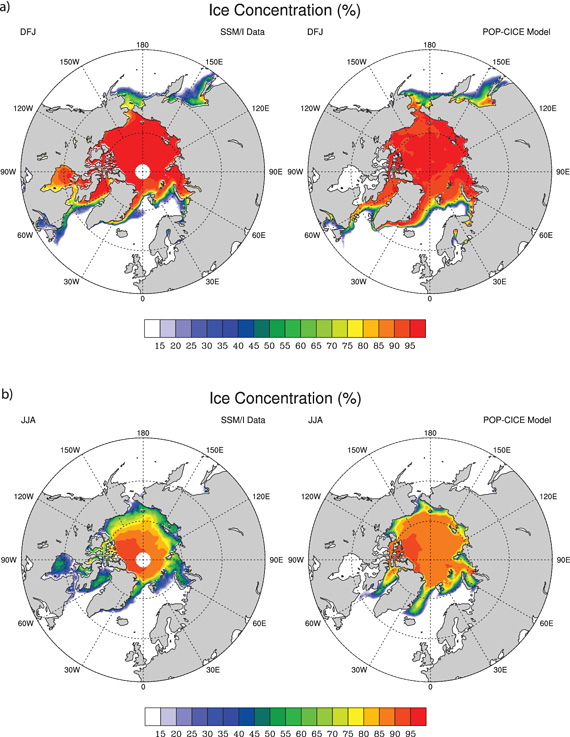
Does polar ice erosion come from atmospheric heating or from oceanic advection of warm waters?

A single reversible catalyst enables energy to be both stored and released on demand.

New insights into metal ions at an enzyme’s active site.

Laboratory measurements of “carrier multiplication” verified in real solar energy photovoltaic devices made of tiny quantum dots.
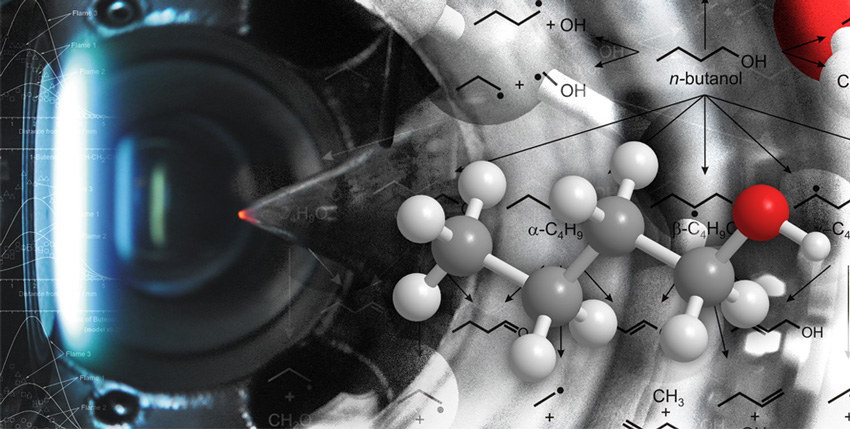
New insights from synchrotron-based studies are helping to assess the potential of new biofuels.

A new spectroscopic “fingerprinting” technique has been developed at a DOE user facility to identify chemical degradation products deep inside a working rechargeable battery.
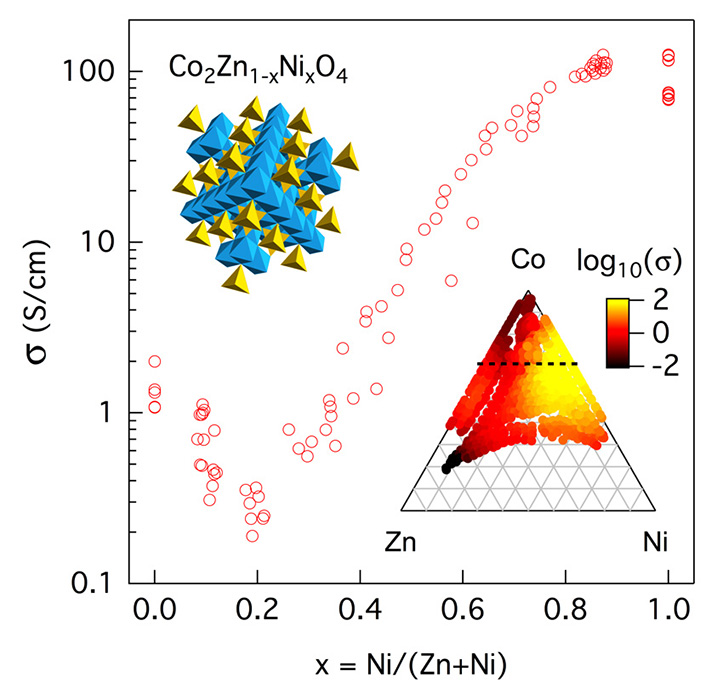
Predicted by theory, and confirmed by experiments, novel materials are being discovered to improve photovoltaic efficiency.
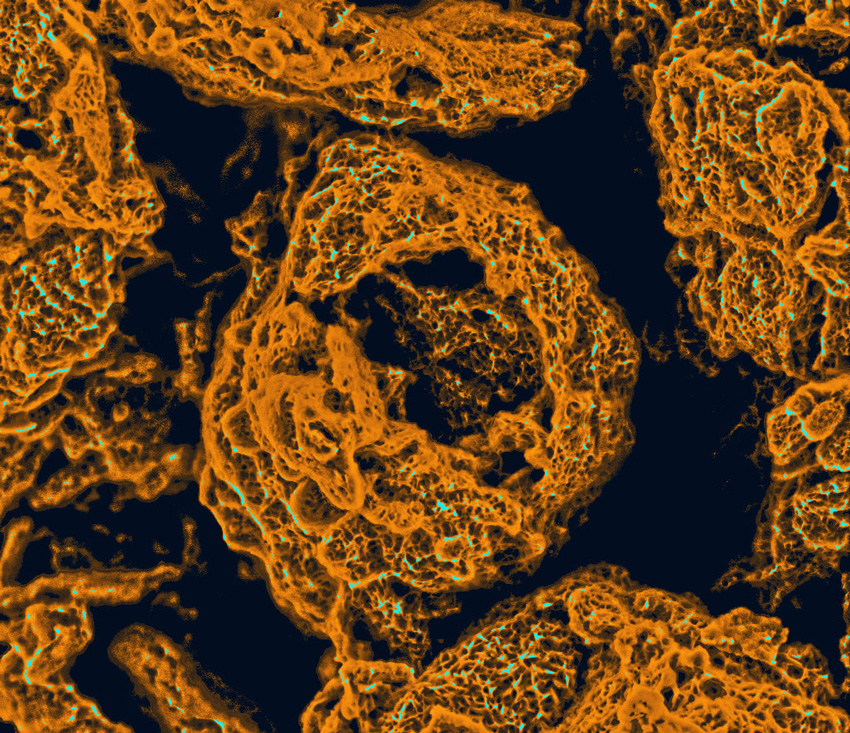
New approach to molecular self-assembly produces porous, thin films of carbon (aka graphene), enabling high-capacity electrodes for lithium-air batteries.
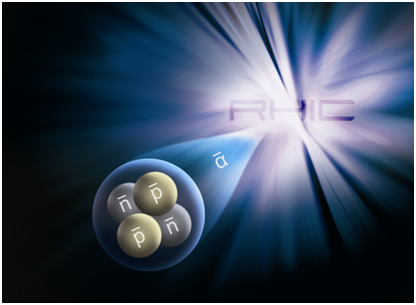
Observation of these particles in cosmic rays with space based detectors would imply large amounts of anti-matter somewhere in the universe.

Ames Laboratory invented a non-toxic, “lead-free” solder that is now used to manufacture electronic components worldwide.

Understanding the interaction of uranium in soils may lead to new ways to clean-up contaminated ground.